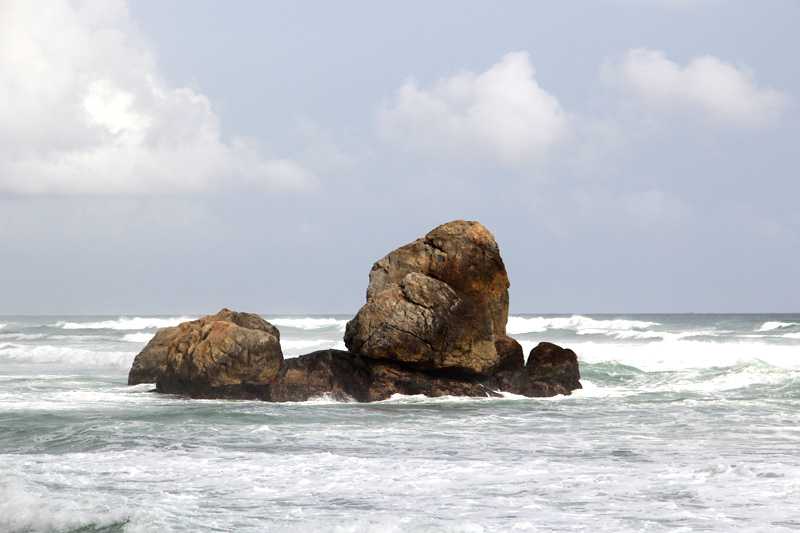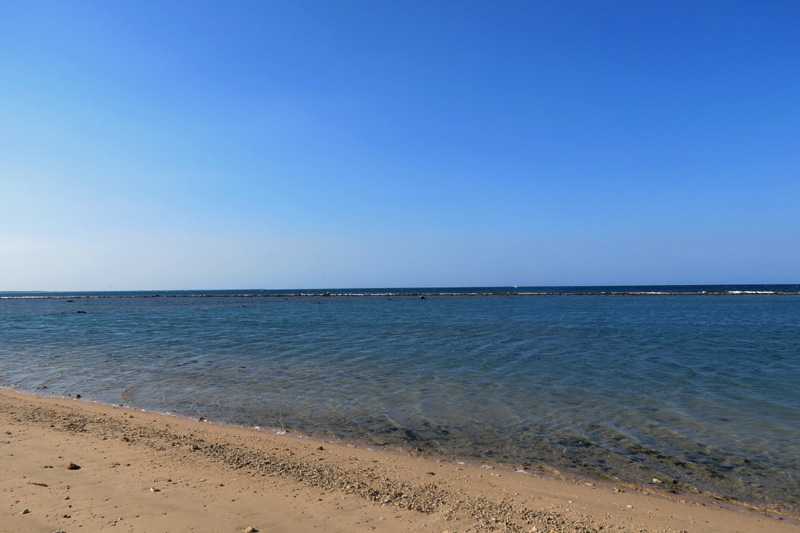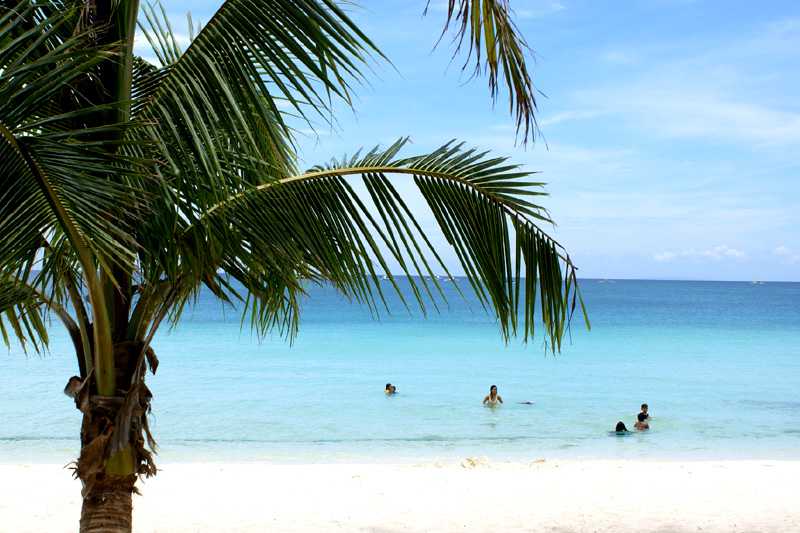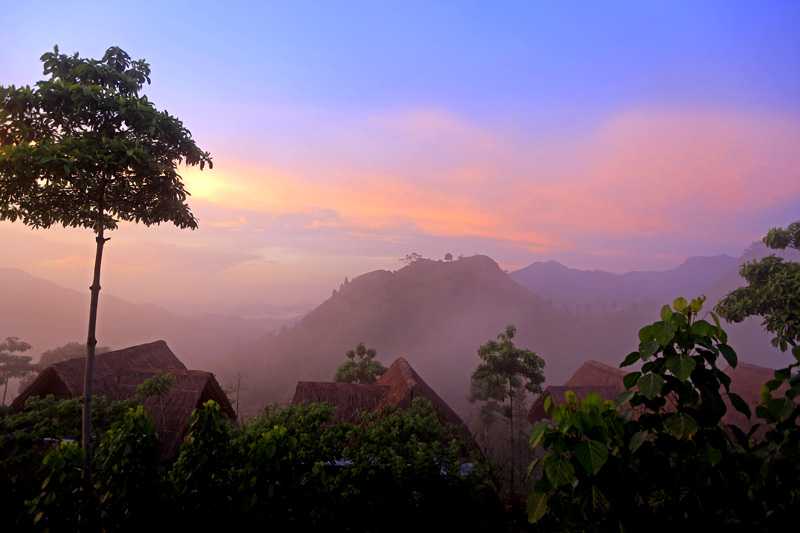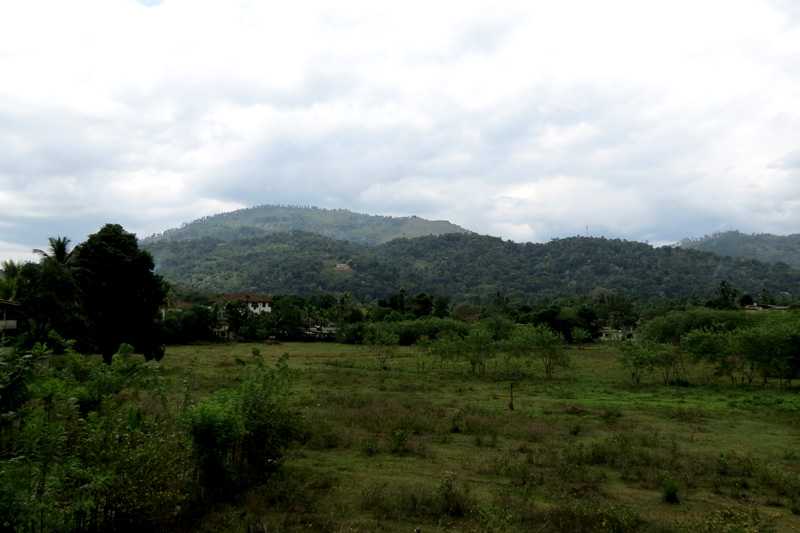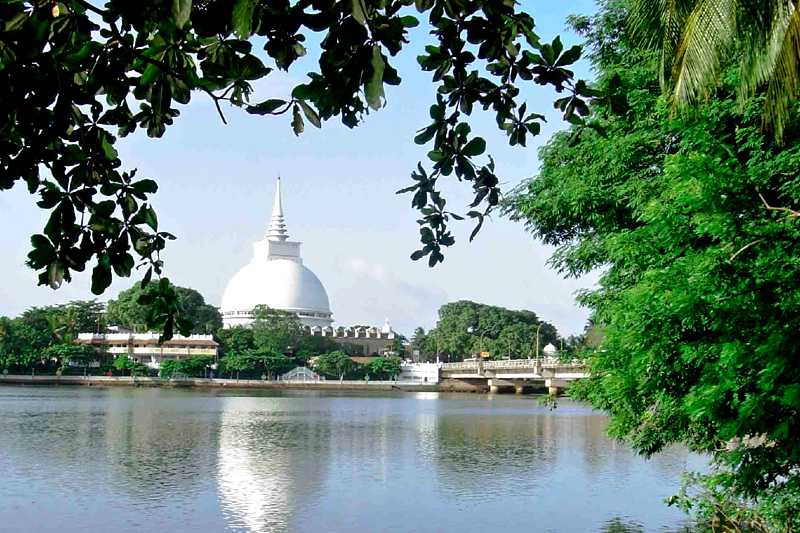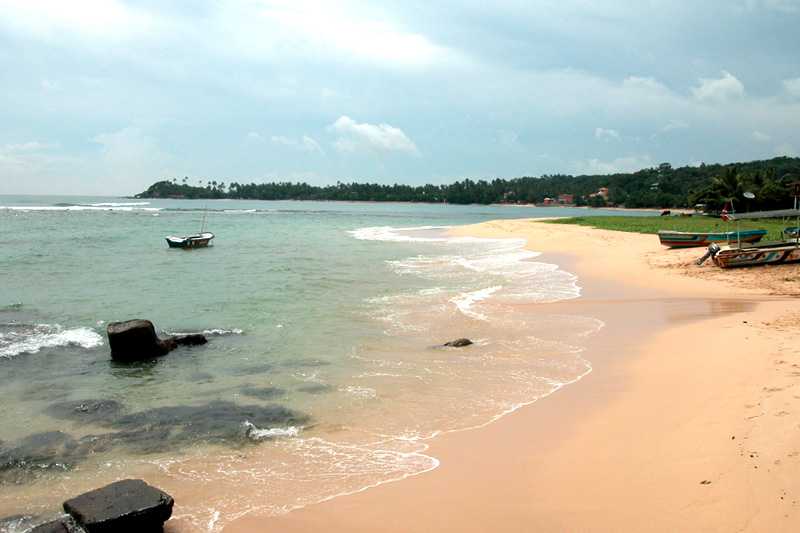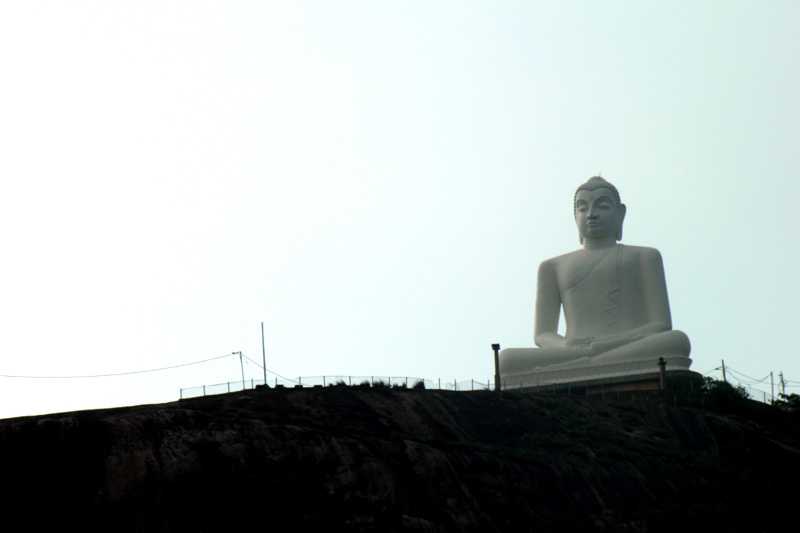Thissamaharama City
Tissamaharama alias Tissa is a bustling town in south Sri Lanka with a scenic backdrop of the ancient Tissa Wewa, refreshing breeze of which sweeps the town. The breathtaking expanse of paddy fields lying round the town adds much beauty to the town. Located about 38 km northeast of Hambantota, Tissa remained capital of the ancient Ruhunu Kingdom as early as the 3rd century BC. While being a gateway to the Yala national park, Lunugamvehera national park and the Kataragama sacred city, Tissa promises several fine attractions including Tissamaharamaya Dagoba, Tissa Wewa (a tank), Yatala Vehera, and Situlpawwa Vihara.
Tissamaharamaya Dagoba
The most worshipped and the largest dagoba in south Sri Lanka is the Tissamaharamaya Dagoba. According to ancient chronicles this dagoba has been built by King Kavantissa who ruled Ruhuna in the 1st century BC. However, there is a belief that the dagoba was initially built by King Mahanaga in the 3rd century BC and King Kavantissa enlarged the shrine.
The relic enshrined in this dagobais a subject of debate. According to popular belief the frontal bone relic of Buddha was temporarily enshrined in this dagoba but later it was enshrined in the Seruvila Mangala Maha Chetiya. A recent discovery of a pillar inscription in Kirinda proves that the left tooth relic of Buddha is enshrined in this dagoba. Irrespective of the relics enshrined, Tissamaharama dagoba lies on the ground that Buddha himself visited with 500 Arhats during his 3rd visit to Sri Lanka. The latest restoration of the dagoba had begun in 1858 and was completed in 1900. The granite pinnacle of the original dagoba is now lying on the platform on which the dagoba is built. Tissamaharama Dagoba is the largest dagoba in the Southern region of the country with a height of 156 feet and 550 feet in circumference.
Tissa Wewa
Lying north of the Tissamaharama town, Tissa Wewa is a beautiful tank built by King Kavantp style="text-align: justify;"ssa in the 2nd century BCE during the ancient southern kingdom of Ruhuna. The shore nearby the town is often busy with crowds of people bathing and flocks of birds specially waders such as bitterns, herons and egrets skimming across the waters. A leisurely walk leading along the huge bund with majestic old trees would make you relaxed and cooled down. Boat rides across the tank are available for tourists.
Yatala Vehera
Yatala Vehera is a large white-washed dagoba lying next to Tiss-Deberawewa road. The dagoba was built by King Yatalatissa about 2300 years ago. It is surrounded by a wall of sculpted elephant heads, a moat and a large moonstone. A large monolith with scorings on one face, believed to have been made by chains used to tether royal elephants.
Kirinda
Kirinda is a coastal township located 10 km south of Tissamaharama. It is known for Kirinda Temple that lies atop a small rocky hill nearby the coast. Built by king Kavantissa, the temple is frequented by hundreds of pilgrims and tourists daily. Being at the temple premises, you could see the breathtaking views of the long sandy unpopulated beach, long huge sand dunes, Great Basses reefs off the shore and on the other side, verdant vegetation and national parks. The statue of Queen Viharamaha Devi is also one of best attractions at Kirinda.
Yala National Park
Located east of Tissa, Yala is the most visited and second largest national park in Sri Lanka. The park has five blocks known as Ruhuna National Park, Kumana National Park, Lunugamvehera National Park and so on. The park is home to a wide varied of both flora and fauna; elephants are mostly spotted.
(More details of the Yala National Park and other national parks appear under 'National Parks of Sri Lanka'.)
Situlpawwa Vihara
Located within the Yala National Park, about 28 km east of Tissa, Situlpawwa is a rock temple with dagoba built atop a rock by King Kavantissa. The temple that consists of a dogoba, cave temples, Bodisattva statues, a ruined vatadage and fragments of ancient paintings is of much historical, archaeological and religious importance. It is said that the temple was inhabited by about 12,000 Buddhist monks.
Udawalawe National Park
From Tissa, you have to travel about 60 km northwestwards to reach this popular national park which is an important habitat for Sri Lankan elephants and water birds. The park was established particularly to provide a sanctuary for wild animals displaced by the construction of the Udawalawe Reservoir on the Walawe River, as well as to protect the catchment of the reservoir.
(More details of the Udawalawe National Park appear under 'National Parks of Sri Lanka'.)
Kataragama & Kiri Vehera
You will find Kirivehera when you proceed about 20 km from Tissa northwards on the Kataragama Road. Kiri Vehera is a large white-washed dagoba built by King Mahasena and standing in close proximity to the Kataragama Devale.
Kataragama is a pilgrimage town popular among Buddhists, Hindus, and indigenous Vedda communities of Sri Lanka and even to South Indians. The town has Ruhunu Maha Kataragama Devale, a 15th-century shrine dedicated to Kataragama deity also known as Skanda-Murunkan. The general vicinity of Kataragama has yielded evidence of human habitation at least 125,000 years ago. It has also yielded evidence of Mesolithic and Neolithic habitations.
During the historic period, the general area was characterized by small reservoirs for water conservation and associated paddy cultivation. Kataragama village is first mentioned in the historical annals known as Mahavamsa written down in the 5th century. It mentions a town named Kajaragama from which important dignitaries came to receive the sacred Bo sapling sent from Asoka's Mauryan Empire. It was also functioned as the capital of number of kings of the Ruhuna kingdom. It provided refuge to many kings from the north when the north was invaded by South Indian kingdoms. It is believed that the area was abandoned around the 13th century. Based on archaeological evidence found, it is believed that the Kiri Vehera was either renovated to build during the first century BCE. There are a number of other inscriptions and ruins. The popularity of the deity at the Kataragama temple was also recorded by the Pali chronicles of Thailand such as Jinkalmali in the 16th century. There are a lot of legends both Buddhist and Hindu that attribute supernatural events to the very locality.







